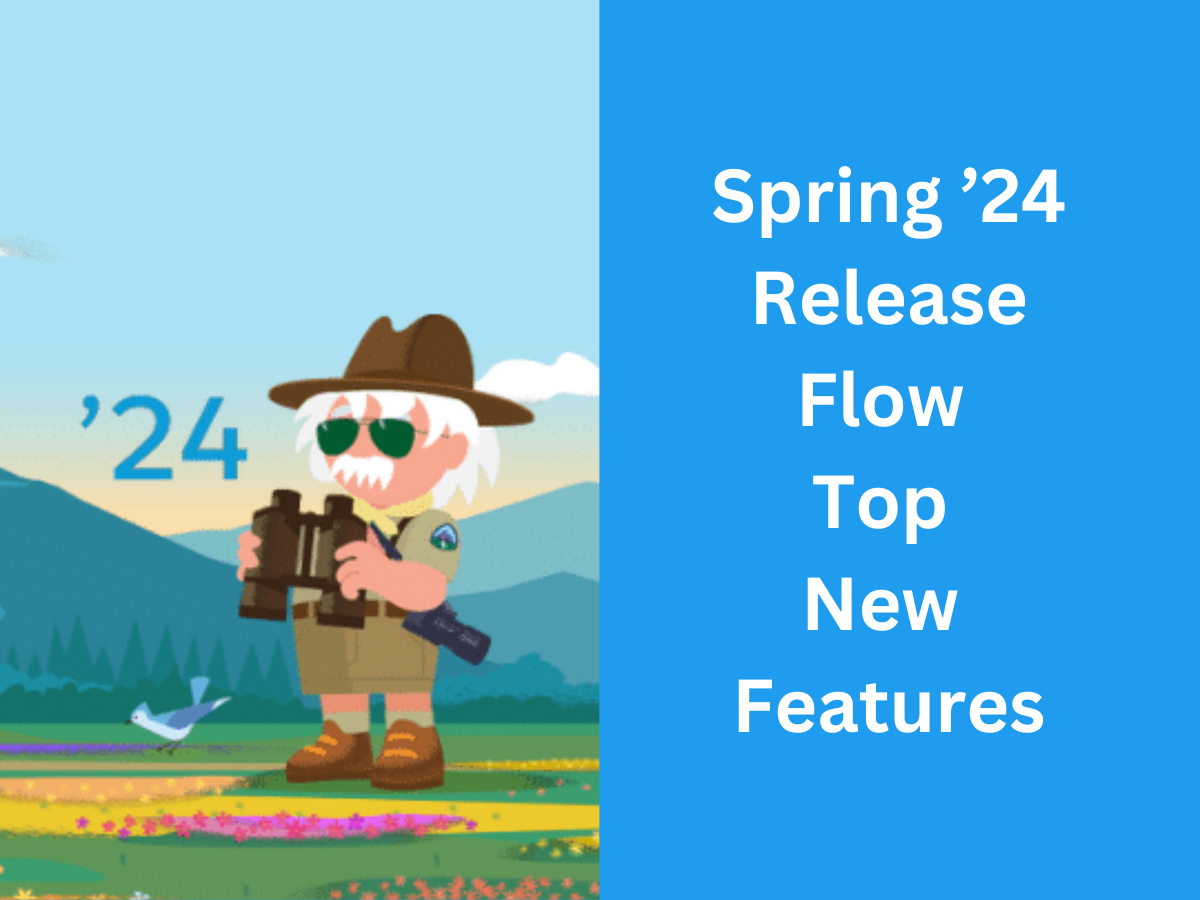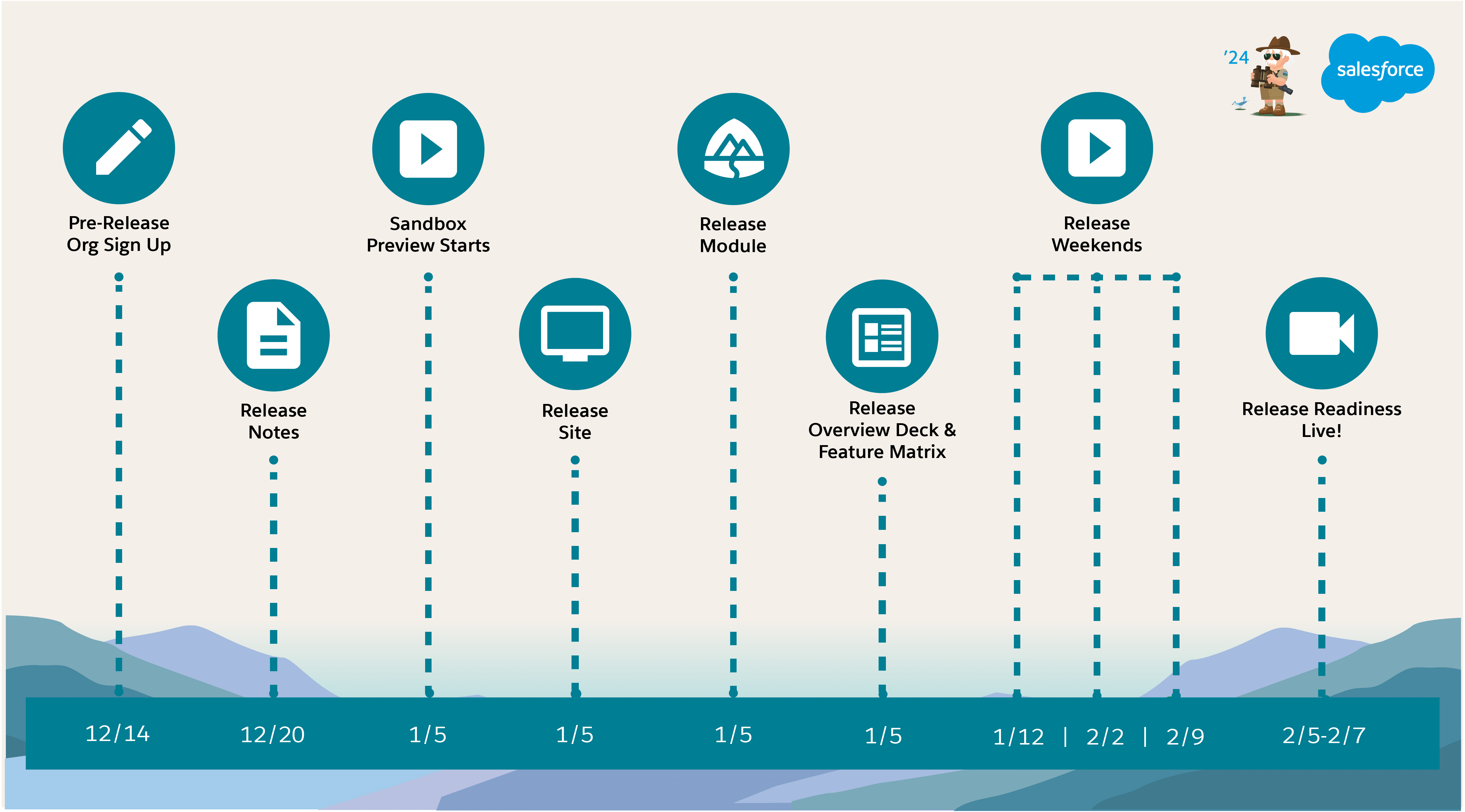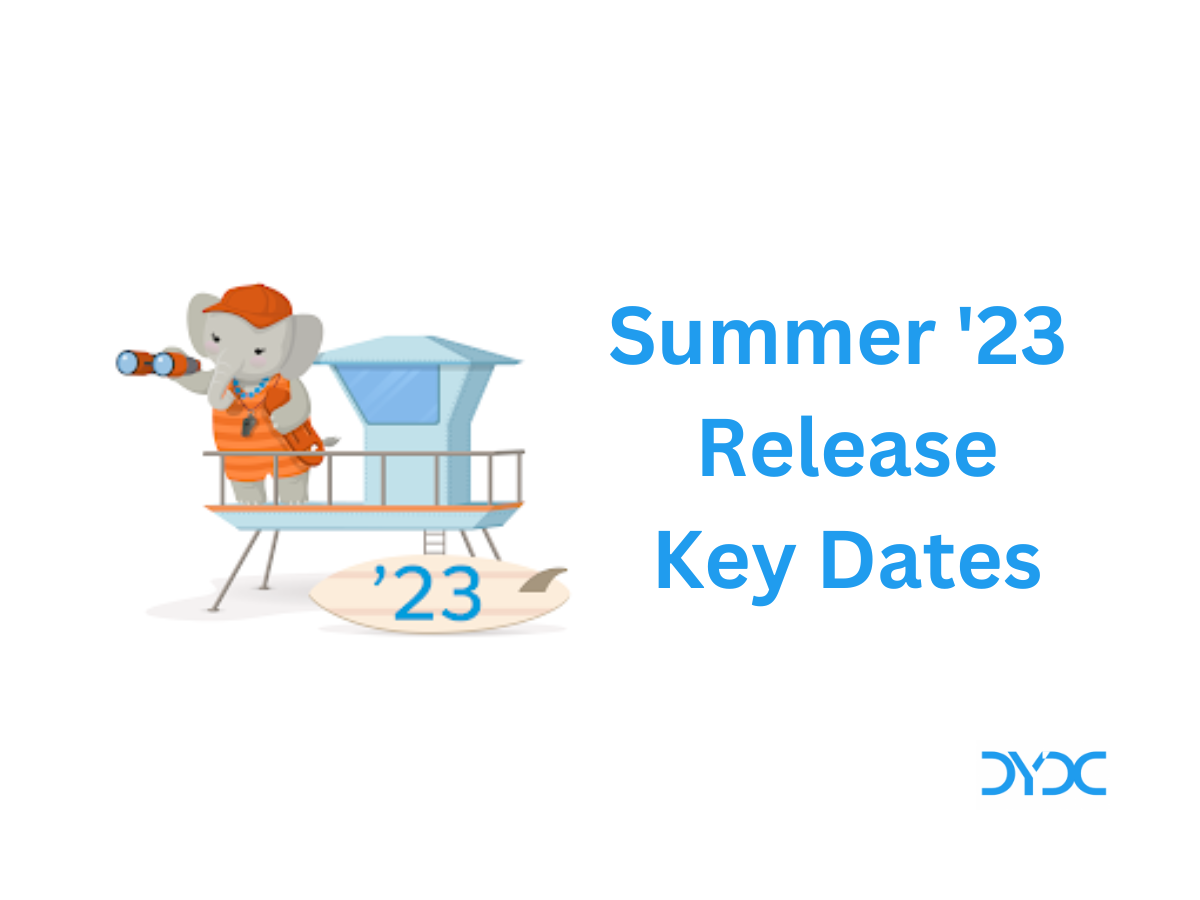Salesforce Spring ’22 Release Top 10 New Features.
Salesforce Spring ’22 Release Notes are out and here are some of the new features we are excited about.
Link to Salesforce Spring ’22 Release Notes.
1. Edit Multiple Fields Inline on the Report Run Page (Beta)
Now you can update statuses and clean up data without rerunning your reports. Save time while staying up to date by editing multiple records inline on the report run page. Make inline changes in multiple rows or columns, and then save all the changes with a single click. It’s a perfect way to update multiple statuses or clean up data without having to rerun your report.

Source: Edit Multiple Fields Inline on the Report Run Page (Beta)
2. Control the Default Records Your Users See with Scoping Rules (Generally Available)
Based on criteria that you select, you can set the scope of records that your users see. Use a scoping rule to help your users see only the records that are relevant to them. A scoping rule doesn’t restrict the record access that your users already have. They can still get to all the records that they have access to per your org’s sharing settings.
Scoping rules are available for custom objects and these standard objects.
- Account (Scoping rules don’t support PersonAccount fields)
- Case
- Contact
- Event
- Lead
- Opportunity
- Task
Source: Control the Default Records Your Users See with Scoping Rules (Generally Available)
3. Register More Specs with OpenAPI 3.0 Support
You can register even more complex, publicly available API specifications. Register schemas that use OpenAPI 3.0 JSON format.
Source: Register More Specs with OpenAPI 3.0 Support
4. Monitor Your Slowest Desktop Record Pages
Discover which pages are taking too long to load. A new prompt in the Lightning App Builder takes you to the Lightning Usage App, which lists the desktop record pages with a median estimated performance time (EPT) of 4 seconds or longer.
If you’re working in Lightning App Builder and have slow desktop record pages, a one-time prompt directs you to the Lightning Usage App table.

Improve the user experience by finding out which pages need tweaking. The table lists the page name (1), developer name (2), number of views (3). Open the record page in Lightning App Builder and view the Record Page Performance Analysis results (4).

Source: Monitor Your Slowest Desktop Record Pages
5. Create Web Apps with Lightning Web Runtime on Node.js (Developer Preview)
From static websites to single-page applications, Lightning Web Runtime (LWR) makes web development fast, secure, and standards-based. With LWR you can create standalone Lightning Web Components (LWC) applications while using your preferred tooling and code. And you get the high performance that comes from page generation at build time, not runtime.
LWR gives you control and flexibility when building a website or LWC application. LWR is a non-opinionated way to configure and load the modules, services, and dependency providers for a JavaScript app. Because of this flexible model, you can deploy on runtime environments ranging from a local Node.js runtime to a standalone instance in Heroku.
Source: Create Web Apps with Lightning Web Runtime on Node.js (Developer Preview)
6. Test and Plan Your System for Scale Using Performance Assistant
Performance Assistant is your central hub of information and resources about scalability and performance testing with Salesforce. Use the step-by-step instructions, articles, and tools to help you architect your system, conduct performance testing, and interpret your results.
To access Performance Assistant, from Setup, in the Quick Find box, enter Performance Assistant, and then select Performance Assistant. Performance Assistant guides you through the three phases of performance testing: Prepare, Execute, and Analyze and Optimize.

In each phase, Performance Assistant provides guidance and resources to help you test your system with confidence. You can revisit any stage of Performance Assistant during your round of testing. We recommend that you integrate performance testing into your release cycle.

Source: Test and Plan Your System for Scale Using Performance Assistant
7. Salesforce Functions
Salesforce Functions extends the power of Salesforce with elastic compute and language flexibility. Functions allows you to build digital experiences with common abstractions in a single environment for code and low code on the Salesforce platform. With support for code written in Java, JavaScript, and Typescript, Salesforce Functions provide a platform for custom, elastically scalable business logic using the language and tools of your choice.
Source: Salesforce Functions
8. Filter Your Stream of Platform Events with Channels (Beta)
Optimize event processing by receiving only the event messages that match a predefined filter on a custom channel. Create a channel, and configure it with a complex filter that CometD clients can subscribe to. With fewer events delivered to subscribers, subscribers can make more efficient use of the event delivery allocation. This feature, offered last release as a pilot, has some enhancements and is now a publicly available beta.
Salesforce has added these enhancements.
- Support for the
LIKEcomparison operator. - Support for the
ORandNOTlogical operators. (The logical operatorANDcontinues to be supported.) - The Date/Time field value can now include the UTC time zone designator
Z:YYYY-MM-DDThh:mm:ssZ. Previously, only the time zone offsets were supported. - Improved validation. For example, an error is returned when you attempt to delete a field that is referenced in a filter expression.
With the Customize Application permission, you can configure stream filtering using Tooling API or Metadata API. For the beta release, only one filter and one custom platform event are supported per channel. To create a channel, use PlatformEventChannel. To add a filter expression for a custom platform event, use PlatformEventChannelMember.
This example shows a filter expression value in the PlatformEventChannelMember.FilterExpression field.
(City__c LIKE 'S%' OR City__c='New York') AND Has_Shipped__c=true
AND Delivery_Date__c>2021-10-21T09:30:11-08:00Source: Filter Your Stream of Platform Events with Channels (Beta)
Source: MuleSoft Composer for Salesforce
9. OmniStudio
OmniStudio provides a suite of services, components, and data model objects that combine to create Industry Cloud applications. Create guided interactions using data from Salesforce and external sources.
Some of the OmniStudio updates in Spring ’22 are:
- Expression Sets and Decision Matrices
- Sort, filter, and use wildcard values in Decision Matrices.
- Perform SUM, AVG, MIN, and MAX aggregations in Expression Sets.
- FlexCards
- Sequentially execute multiple actions from an element.
- Enable a FlexCard to listen for changes on a record the FlexCard is on, then trigger actions.
- Enable users to select a child card across multiple parent cards.
- Channel Name now supports
{Parent}and{Session}merge fields. - Event Name now supports
{Parent},{Session}, and{recordId}merge fields. - Close a modal on click of an action-able element.
- Automatically close a Flyout using the close event.
- On a sortable Datatable element, click the sortable column once to sort descending, a second time to sort ascending, and a third time to reset the datatable to its state before sorting.
- View your org’s namespace in the FlexCard Designer header. In a Navigation action, the App Target format is
standard__[appName]or[name-space]__[appName]and the Component Name format is[namespace]__[componentName]. - Access the Datatable Name property of a Datatable element directly from the Properties panel.
- OmniScripts
- The runtime for multiple OmniScript features was moved from server-side to Salesforce core.
- Enable older PDF viewers to display text fields in a PDF element using the appearance object property.
- DataRaptors and Integration Procedures
- Specify users, roles, profiles, permission sets, custom permissions, or any combination in the Required Permission property of DataRaptors and Integration Procedures.
- Run legacy Calculation Procedures and Calculation Matrices using Remote Actions in Integration Procedures.
Source: OmniStudio
Please check Salesforce Industries Spring ’22 Release Top New Features for other Salesforce Industries Spring ’22 Release new features.
10. Salesforce Flow
Please check the article Salesforce Spring ’22 Release Flow New Features for Salesforce Flow new feature in Spring ’22 Release.
What are your favourite Salesforce Spring ’22 Release new features? Please let us know in comments!


